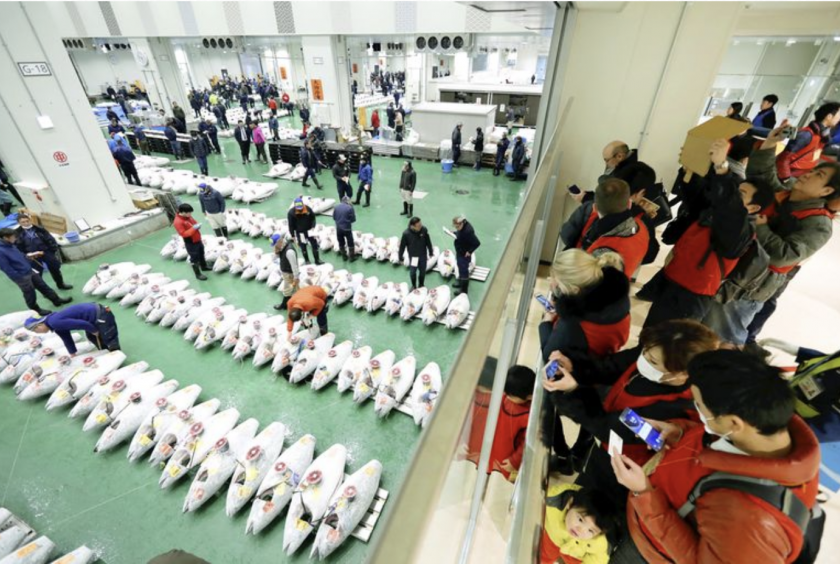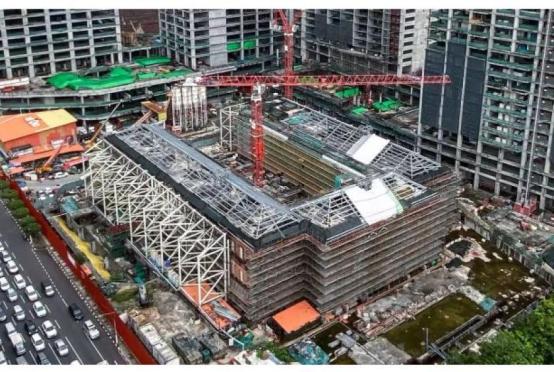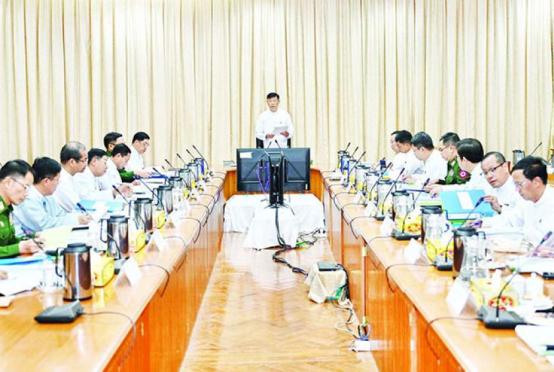
Tokyo (The Japan News) - The volume of transactions for marine products at the Toyosu market has not turned upward since it opened in October, even dropping about 10 percent in December, compared with sales at the Tsukiji market a year earlier.
Despite an expectation that the products would sell better in December, volume was down for a second straight month, following a 6 percent year-on-year decline in November.
While events held at the Toyosu market and its functions to allow visitors to look around have been attracting tourists, those involved in the market’s sales are bewildered that buyers seem to choose other markets in Tokyo metropolitan area for their purchases.
The deck for visitors, which has a capacity of 120 people per day, opened on Jan. 15. To ensure hygiene and safety, visitors can watch the auctions from behind a glass barrier. Prior applications are required, and arrangements can be made via the internet or by phone. On some weekend days, visitors to the viewing deck are chosen by lottery.
On Jan. 26, for example, visitors watching auction proceedings from the viewing deck were overheard making excited comments such as “Tuna are so big, aren’t they?” and “It offers a sense of realism and strong visuals!”
Some restaurants at the Toyosu market, however, are attracting lines of customers.
The Saturday Marche weekly event — in which dishes using the market’s foodstuffs are offered — started in January. The opening day of the event attracted 7,600 people, far surpassing the initial expectation of 2,000.
“In terms of creating the vitalization of the market, we’ve been doing better than we previously imagined,” said a Tokyo metropolitan government official in charge of the Toyosu market.
However, the relocation to the Toyosu market has yet to produce the anticipated sales.
It was released on Jan. 21 that the volume of marine products dealt with at the Toyosu market in December dropped to 34,827 tons, or 89.9 percent of the volume a year earlier.
In fact, the transaction volume for marine product markets is showing a declining trend in Tokyo, with the combined transaction volumes at the Toyosu, Adachi and Ota markets dropping 10 percent in December from the previous year.
Though it was expected that the relocation to Toyosu could combat the decline in volume, the rate of decrease topped the combined decline rate of the three markets.
“The overall haul of fish declined due to bad catches, and there was a concern over possible confusion in the year-end busy period on the first such occasion at Toyosu market, so shipments to the market might have been held back,” the official said.
However, the volume increased in October and November at the Adachi market from a year earlier, and also exceeded that of the previous year at the Kawasaki city Chuo Oroshiuri Shijo Hokubushijo market in October.
“After the relocation of the market from Tsukiji to Toyosu, buyers have gone other markets, an intermediate wholesaler of marine products said.
Along with changes in the food distribution system, the volume of products that go through wholesale markets has been gradually decreasing year by year.
Wholesale markets have remained in a tough situation given that the marine product transaction volume at Tsukiji market was about 800,000 tons at its peak in 1987 but dropped to about 390,000 tons in 2017.
The Toyosu market’s modern design was aimed at generating a daily transaction volume of about 2,300 tons, which is 40 percent more than that at the old Tsukiji market. The volume, however, currently remains at 1,000-plus tons a day.
“The role of the Toyosu market is still important because the transaction volume is overwhelmingly larger than the other markets,” said a senior official of Tokyo metropolitan government.
Meanwhile, the official voiced concerns: “We need to search for a new development, such as promoting to production centers or cultivating a new marketing network abroad. Otherwise a wholesale market cannot survive.”
“Much depends on whether intermediate wholesalers at the Toyosu market can take back the transactions that have gone to other markets, by expanding the channels for sales,” said Hokkai-Gakuen University Prof. Takeshi Hamada, who well understands the distribution of marine products. “We need to wait and see how things will turn out over several years.”
http://the-japan-news.com/news/article/0005521956















